ORMOSIL nanoparticles hold promise as a potential vehicle for drug delivery to the brain
In a new study on fruit flies, the nanoparticles do not harm cells or interfere with the brain's normal function.
Jan 9th, 2012
Read more
In a new study on fruit flies, the nanoparticles do not harm cells or interfere with the brain's normal function.
Jan 9th, 2012
Read more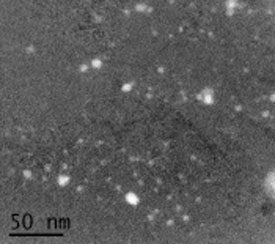 International researchers have joined efforts to develop new materials for thermonuclear fusion reactors. Their research focuses on characterization of oxide dispersion-strengthened, reduced-activation steel for the reactor structure.
International researchers have joined efforts to develop new materials for thermonuclear fusion reactors. Their research focuses on characterization of oxide dispersion-strengthened, reduced-activation steel for the reactor structure.
Jan 9th, 2012
Read more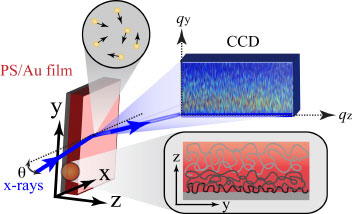 The development of polymer nanostructures and nanoscale devices for a wide variety of applications could emerge from new information about the interplay between nanoscale interfaces in polymeric materials.
The development of polymer nanostructures and nanoscale devices for a wide variety of applications could emerge from new information about the interplay between nanoscale interfaces in polymeric materials.
Jan 9th, 2012
Read moreA new form of graphene created by researchers at The University of Texas at Austin could prevent laptops and other electronics from overheating, ultimately, overcoming one of the largest hurdles to building smaller and more powerful electronic devices.
Jan 9th, 2012
Read more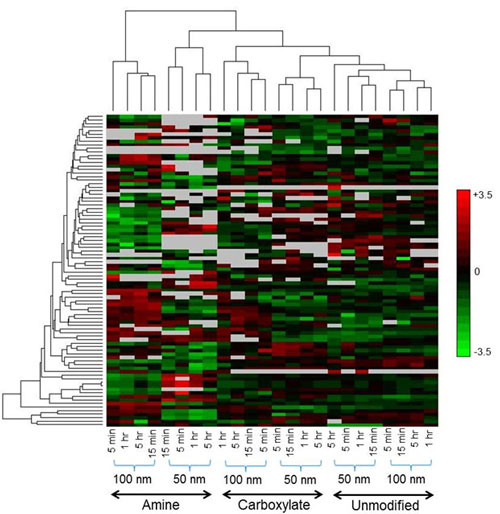 New insights about how the human body interacts with nanoparticles at the protein level were published by a user team in the Environmental Molecular Sciences Laboratory (EMSL) at Pacific Northwest National Laboratory.
New insights about how the human body interacts with nanoparticles at the protein level were published by a user team in the Environmental Molecular Sciences Laboratory (EMSL) at Pacific Northwest National Laboratory.
Jan 9th, 2012
Read more Findings on modified form of graphene could have impacts in managing heat dissipation in everything from electronics to photovoltaic solar cells to radars.
Findings on modified form of graphene could have impacts in managing heat dissipation in everything from electronics to photovoltaic solar cells to radars.
Jan 9th, 2012
Read more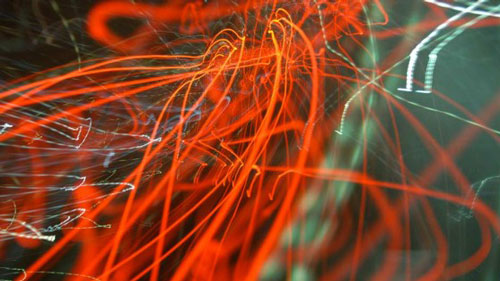 New research lays groundwork for new generation of ultrasensitive gyroscopes to measure gravity, magnetic field, and create quantum circuits.
New research lays groundwork for new generation of ultrasensitive gyroscopes to measure gravity, magnetic field, and create quantum circuits.
Jan 9th, 2012
Read moreThe British Occupational Hygiene Society is hosting an International Conference on Working Safely with Nanomaterials on 6th July 2012.
Jan 9th, 2012
Read moreParts of this book are based on the fundamental research work on the basic methods for nanoscale mechanics during the initial stages of the establishment of Nanotechnology Programs at the NASA Langley Research Center (Hampton, Virginia) and the university-based ICASE Institute (NASA Langley Research Center).
Jan 9th, 2012
Read moreMit einer Fallstudie zur Entsorgung von silberhaltigen Abfaellen, welche ueber die Wertschoepfungskette von Textilien anfallen, sollte der Handlungsbedarf fuer eine spezifische Nano-Anwendung abgeschaetzt werden.
Jan 9th, 2012
Read more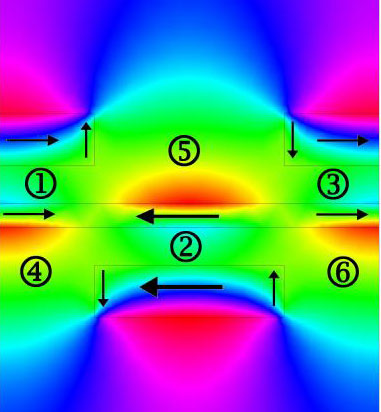 A step toward a cheap, simple lens powerful enough to let us see a single virus.
A step toward a cheap, simple lens powerful enough to let us see a single virus.
Jan 9th, 2012
Read moreCan organic matter behave like a fridge magnet? Scientists from The University of Manchester have now shown that it can.
Jan 9th, 2012
Read more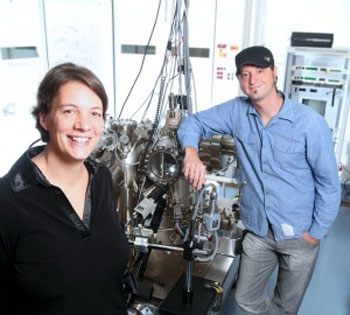 The narrowest conducting wires in silicon ever made - just four atoms wide and one atom tall - have been shown to have the same electrical current carrying capability of copper.
The narrowest conducting wires in silicon ever made - just four atoms wide and one atom tall - have been shown to have the same electrical current carrying capability of copper.
Jan 7th, 2012
Read more Technology developed by researchers at the Georgia Institute of Technology and Emory University for delivering drugs and other therapeutics to specific locations in the eye provides the foundation for a startup company that has received a $4 million venture capital investment.
Technology developed by researchers at the Georgia Institute of Technology and Emory University for delivering drugs and other therapeutics to specific locations in the eye provides the foundation for a startup company that has received a $4 million venture capital investment.
Jan 7th, 2012
Read more Harvard researchers develop tools to speed DNA sequencing.
Harvard researchers develop tools to speed DNA sequencing.
Jan 6th, 2012
Read more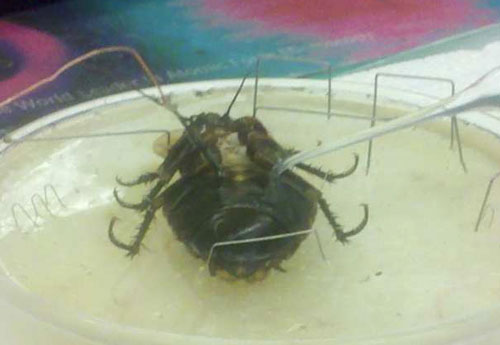 An insect's internal chemicals can be converted to electricity, potentially providing power for sensors, recording devices or to control the bug, a group of researchers at Case Western Reserve University report.
An insect's internal chemicals can be converted to electricity, potentially providing power for sensors, recording devices or to control the bug, a group of researchers at Case Western Reserve University report.
Jan 6th, 2012
Read more